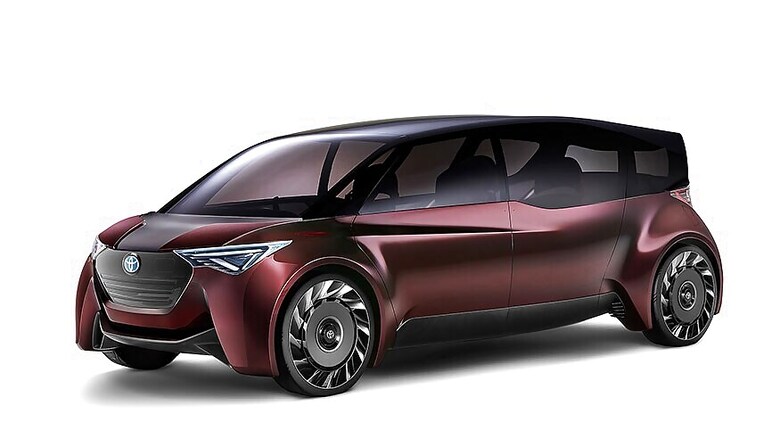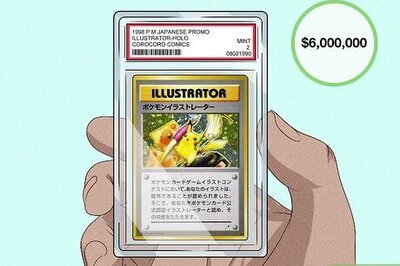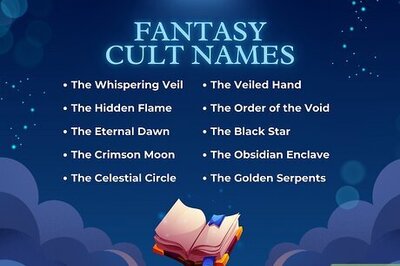
views
The Fine Comfort Ride Concept, which will be making its debut at the 2017 Tokyo Motor Show is yet another attempt by Toyota to convince the masses that hydrogen is the fuel of the future.
The concept, which is being pitched as the premium sedan of the future, uses a combination of clever packaging (the motors are integrated into its wheels) and clever shapes (technically speaking the car is a rhombus rather than rectangular-shaped) in order to offer ample space for six adults without extending the wheelbase beyond 3.5m.
However, the most striking thing about the car, from a visual perspective at least, is that its exterior lines and curved glass sections feel very much like the next iteration of Toyota's current design language, rather than those of a truly space-aged, never-to-be-realized concept.
Although every major mainstream car company has invested in and is studying the capabilities of fuel cells, Toyota has been selling hydrogen-powered cars for several years and demonstrating how this form of electrification not only most closely mirrors the traditional gasoline-powered car-owner experience (long driving range, fast re-fuelling times), but could also be an innovative way of power delivery. People in remote regions could conceivably use their car's fuel cell to power their homes.
And with this concept, the company is eager to show that a fuel cell car can be a truly premium automobile, thanks in part to the extra space made available by doing away with a big internal combustion engine up front and a transmission tunnel running through the centre of the cabin.
Each of the car's six individual seats reclines and rotates so that occupants can turn to talk to each other -- this is made possible by the fact that the car is rhombus-shaped. It is widest in the middle and tapers away at both ends. Or they can be folded away to create a completely open space for use as the driver sees fit. The windows double as infotainment screens with graphics and content projected onto them so that occupants aren't reliant on tablet interfaces or other fixed sets of controls.
Toyota claims that the car has a cruising range of 1000km and that a hydrogen refuelling stop should take just three minutes.
There is little doubt that in theory, hydrogen is a direct non-polluting replacement for gasoline. The only gas emitted from a fuel cell car is water vapor. However, capturing hydrogen is still an elusive process and the simplest way of separating it from other compounds for use in such applications is to burn hydrocarbons, which are fossil fuels. Until this problem can be solved then, with the exception of Toyota and Honda, most car companies' fuel cell cars will be of the conceptual variety.
Also Read: Maruti Suzuki Dzire vs Tata Tigor Comparison Review



















Comments
0 comment